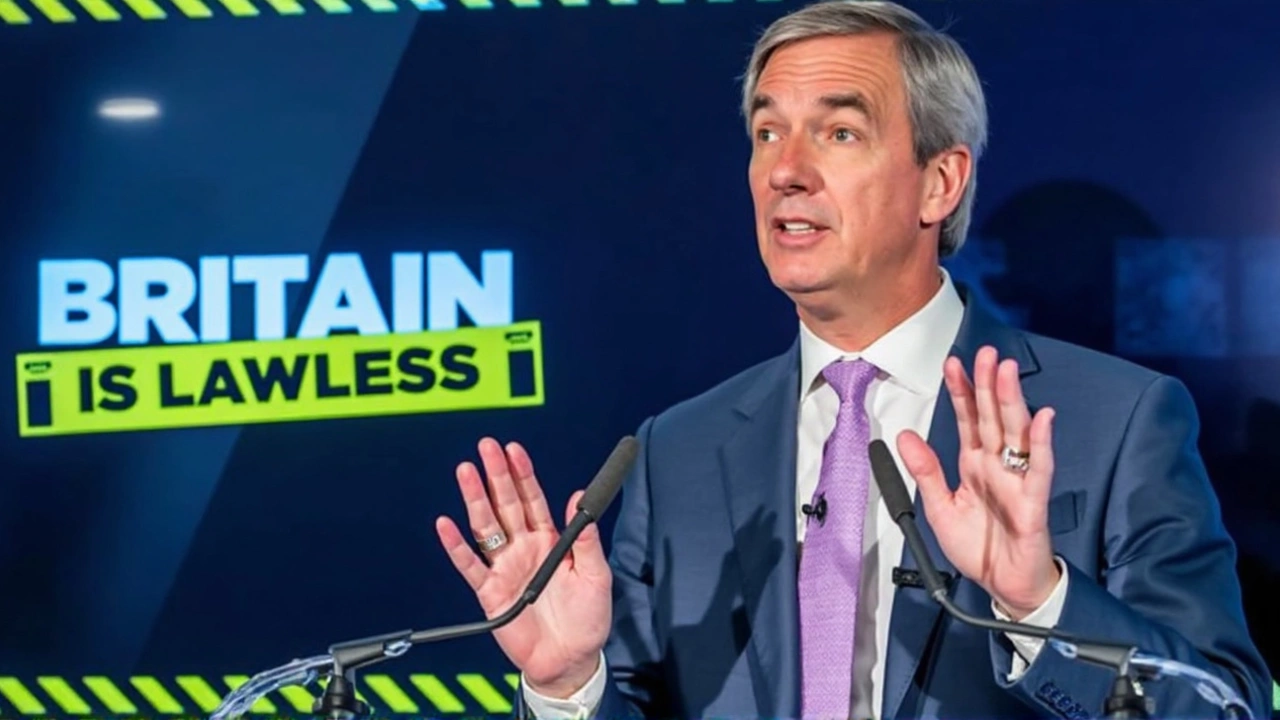Online Safety Act: A Simple Guide
If you run a website, post videos, or manage a social feed, you’ve probably heard the term "Online Safety Act" floating around. It’s a UK law that aims to make the internet a safer place by forcing platforms to act quickly on illegal or harmful content. In plain English, the act says: if you let people upload stuff, you need to have a plan to spot and remove anything that breaks the rules.
Who Has to Follow the Rules?
Not every corner of the web is affected. The law mainly targets large platforms – things like YouTube, TikTok, Twitter and any service that reaches a substantial British audience. Smaller blogs or hobby sites can be exempt, but if you have more than a million monthly users, you’ll need a compliance team. Even if you’re under the threshold, it’s smart to adopt the same safeguards; it builds trust and keeps you out of trouble if you grow faster than expected.
Core Obligations in a Nutshell
First, you must have a clear set of rules that tell users what’s not allowed – think hate speech, extremist propaganda, child sexual abuse material and disinformation that could cause public harm. Second, you need automated tools and human reviewers to spot this content quickly. The law expects you to act within minutes for the most dangerous material and within 24 hours for anything else. Third, you must publish a transparency report every six months, showing how many pieces of content you removed and why.
Failure to meet these duties can lead to hefty fines – up to 10% of global turnover – and the regulator, Ofcom, can force you to change how you operate. That’s why many platforms are already investing in AI moderation tools and hiring dedicated safety teams.
For a site like Paddock F1 Racing, the act matters even if you aren’t a giant. Fans comment on race results, share memes, and sometimes post offensive jokes. A simple moderation policy – block profanity, flag extremist symbols, and have a clear “report abuse” button – can keep you on the safe side. You don’t need a massive AI stack; a mix of keyword filters and a few human eyes can satisfy the basic requirements.
Another practical tip: set up a dedicated email address for safety concerns and make it easy to find on your contact page. Prompt responses not only please Ofcom but also show your audience you care about a respectful community.
What about user‑generated content like videos or fan art? The act treats those the same as text posts. If you let users upload files, you must scan them for illegal material. There are affordable third‑party services that provide this scanning as an API – you send the file, they return a pass/fail result. Plug it in and you have a ready‑made compliance layer.
Finally, keep an eye on updates. The Online Safety Act is still new, and the regulator regularly publishes guidance on emerging issues like deep‑fakes or AI‑generated hate. Subscribe to Ofcom’s newsletters or follow industry forums so you never get caught off guard.
Bottom line: the Online Safety Act is about responsibility. If you give people a voice, you need to protect others from harm. By setting clear rules, using the right tools, and staying transparent, you’ll not only avoid fines but also build a stronger, more trusted community. Ready to take the first step? Draft a short policy, add a report button, and start tracking removed content – the rest will fall into place.

UK Online Safety Act Sparks Outcry as Age Verification Triggers Privacy Fears
The UK’s new Online Safety Act has drawn controversy after strict age verification demands triggered a huge public backlash and a 1,400% jump in VPN use. Government refuses to back down, while critics warn of privacy risks and overreach as enforcement ramps up.
View more
Reform UK Promises to Scrap 'Dystopian' Online Safety Act if Elected
Reform UK, led by Nigel Farage and Zia Yusuf, vows to repeal the Online Safety Act, calling it 'borderline dystopian.' The party claims the law threatens free speech, while the UK government insists on moving forward. Critics from various groups highlight growing unease about state controls over digital platforms.
View more